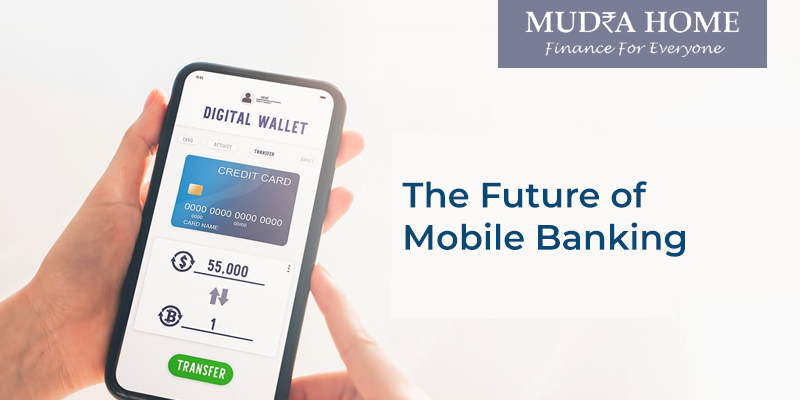
From the days of traditional branch banking to the era of ATMs and online banking, the finance world has continually evolved. Now, we stand on the brink of a new revolution: mobile banking. This transformation is not just about convenience; it’s about redefining how we manage our finances.
As of now, millions globally have embraced mobile banking. It’s not hard to see why: mobile banking turns our smartphones into personal finance hubs. From checking balances to transferring funds, it’s all at our fingertips. This convenience is reshaping consumer expectations and banking norms.
The future of mobile banking is bright, driven by rapid technological advancements. Artificial Intelligence (AI) is at the forefront, offering personalized banking experiences and smarter financial advice. Imagine logging into your banking app and receiving tailored budgeting tips based on your spending patterns!
Security is another area witnessing significant innovation, especially with the integration of biometric technologies like fingerprint and facial recognition. This not only simplifies the authentication process but also adds a layer of security.
Additionally, blockchain technology is making inroads into mobile banking, offering more secure and transparent transaction processes. This could revolutionize everything from payment processing to fraud prevention.
The user experience in mobile banking apps is constantly improving. Future apps will likely feature more intuitive interfaces and even voice-assisted functionalities, making banking more accessible than ever. This is especially crucial for bringing financial services to the unbanked populations in remote or underserved regions.
However, this future is not without challenges. Cybersecurity remains a top concern, as mobile platforms are increasingly targeted by cybercriminals. Banks and financial institutions must prioritize robust security measures to protect user data.
Ensuring equitable access to technology is another critical consideration. As banking services shift online, there’s a risk of leaving behind those without access to the latest technology.
Finally, regulatory landscapes are evolving. Mobile banking will need to adapt to new laws and policies, ensuring compliance while still innovating.
The future of mobile banking is set to transform our relationship with money and financial institutions. With advancements in technology, enhanced security, and a focus on user experience, mobile banking is not just a convenience; it’s a necessity. As we look ahead, the possibilities are limitless, heralding a new era of financial empowerment and accessibility.